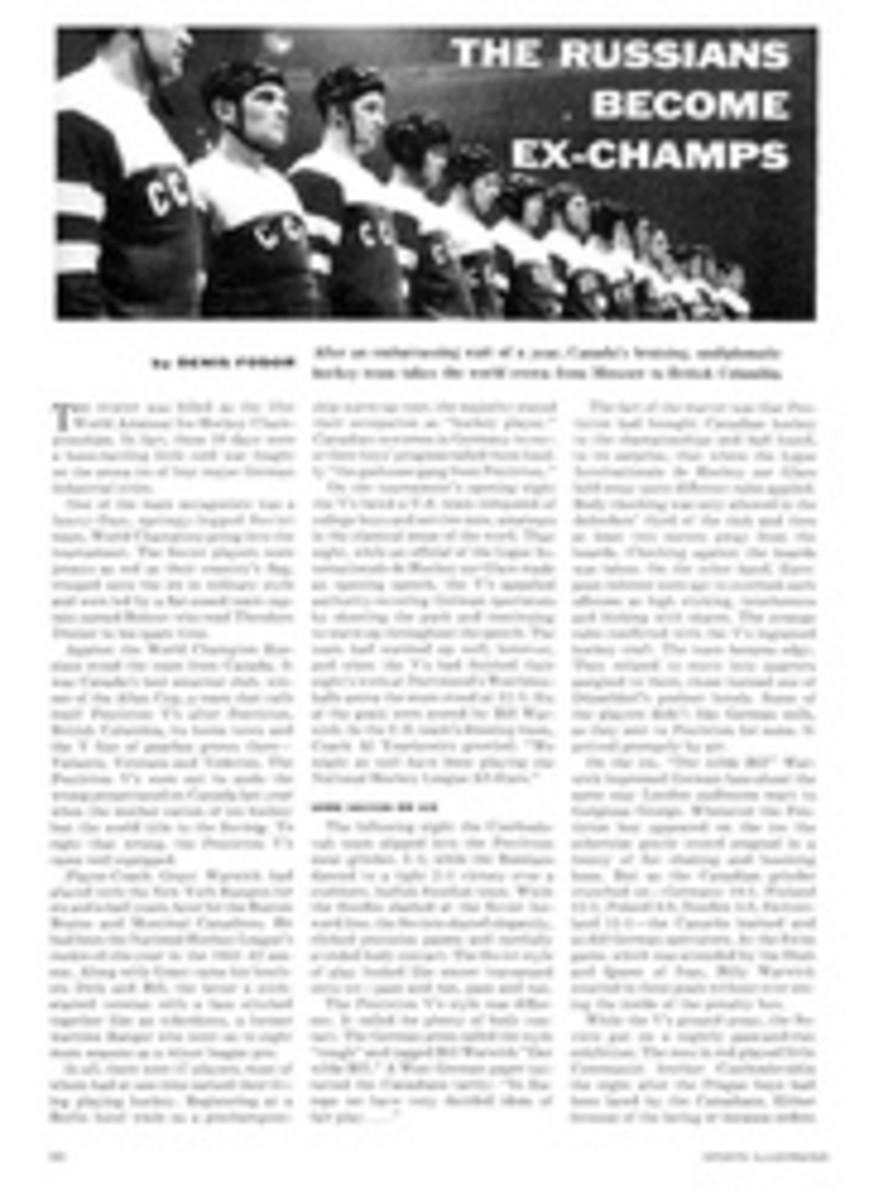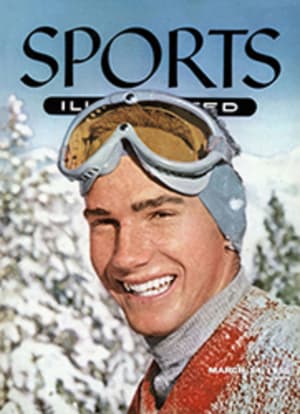
SEBRING STARTERS
The fourth annual 12-hour Florida Grand Prix of Endurance for sports cars, to be held at Sebring, March 13, has become a major international event. At this writing there are 77 accepted entries, with a further 29 reserve entries whose eager drivers are waiting to fill in gaps left by nonstarters.
All told, 28 different makes of cars are represented. Britain is present with 10: Jaguar, Allard, Austin-Healey, Arnolt-Bristol, Kieft, Triumph, Morgan, MG, Lotus and Doretti; Italy with seven: Ferrari, Maserati, Osca, Bandini, Abarth, Siata and Alfa Romeo; the U.S. with six: Cunningham, Kurtis-Kraft, Nash-Healey, Ford Thunder-bird, Excalibur and Crosley; Germany with three: Porsche, Mercedes-Benz and Veritas; France and Austria with one each: Renault and Denzel.
EQUAL CHANCE FOR ALL
Sebring is of particular interest because of the FIA (Fédération Internationale de l'Automobile) system of scoring which gives even the smallest cars pretty much of an equal chance with the biggest and fastest. There are four possible driver targets: an over-all win for covering the greatest distance in 12 hours; a class win for the fastest machine in any given engine displacement group; an index of performance win for the car exceeding its minimum set average by the greatest margin; and a production class for best performance by a catalog specification automobile of which at least 25 must have been built and sold. Index of performance obviously favors the small cars which can generally exceed their set minimum average by a wider margin than the big ones. Thus, if you are driving a 66 cu. in. machine and have to average 58 mph, it is easier to up this average by 10 mph than with a 330 cu. in. car which must average 70 mph, all pit stops included.
Drivers sometimes jokingly refer to the "glorious uncertainty" of racing, yet this is a truism that cannot be disregarded for a moment. Anything can happen in a long race such as Sebring. Last year all the hot favorites dropped out and the over-all winners both on distance and index turned out to be British Ace Stirling Moss and American Bill Lloyd in a diminutive 90 cu. in. Osca. The pair managed a whopping 72.8 mph, surviving mechanical hazards which knocked out 36 of the original 58 starters and defeating a Lancia of more than double the Osca's displacement.
This year, more than ever, the monster of uncertainty is winking its baleful eye. All average speeds have been upped and the galaxy of international driving talent handling ever faster cars makes Sebring anybody's race. Moss (signed on by Mercedes for the Grand Prix season) has been released to co-drive a factory-entered Austin-Healey with Lance Macklin. This pair will be gunning for a limited objective (production class and handicap) where they stand an excellent chance. No less than 13 Ferraris are entered, of which the largest and most powerful (4.9 liters, 347 hp, 12 cylinder) will be driven by 1954 Amateur Champion Jim Kimberly and Ebbie Lunken. A sister car entered by Erwin Goldschmidt has been scratched due to driver injuries, but seven of the new three-liter, four-cylinder Monza type Ferraris will be gunning hard for Kimberly. The Monza is nearly as fast as the 4.9, handles much better and will carry such formidable protagonists as the Marquis de Portago and Umberto Maglioli, winner of the Mexican Carrera Pan Americana. Californian Phil Hill (second in Mexico) and Texan Carroll Shelby will pilot a second Monza Ferrari; Piero Taruffi a third. One of two smaller Mondial Ferraris will carry Porfirio Rubirosa and Indianapolis Driver Cal Niday. Ferrari has no official entry but is sending over Signor Ugolini, team manager, to watch over Maglioli, Portago and Taruffi.
Also a definite threat are two of the latest three-liter, six-cylinder Maseratis (270 hp, 165 mph, 1,650 lbs.), the one driven by Bill Spear and Sherwood Johnston; the other by Italian Aces Musso and Mantovani. Then there is a lone D-type Jaguar "unofficially" backed by the Coventry factory—a fantastically fast machine with disc brakes and super streamlining, chauffeured by those veterans Phil Walters and Mike Hawthorn. On recent trials at Sebring, the D-Jag, which set a new sports car record of 164.135 mph in the NASCAR Speed Week at Daytona, lapped seconds faster than a 4.9 Ferrari driven by Bill Spear. It could easily win.
CUNNINGHAM'S LATEST
Of special interest in the same stable will be Briggs Cunningham's latest—the C6R, much lightened and powered by a 180 cu. in., 16-valve Meyer-Drake engine. Sebring should reveal something of this newcomer's potentialities at Le Mans in June.
René Dreyfus, the former French Champion, has come out of retirement to head the Arnolt-Bristol team which is competing for production class honors, while among private entries that will bear watching are five of the new 300SL fuel injection Mercedes cars.
One of several Oscas to be driven by such top names as Lloyd and Walt Hansgen might do it again; so might the Porsche Spyders of von Hanstein or Koster. Also well in the running is a diminutive 45 cu. in. factory-sponsored Renault with that brilliant Frenchman Robert Manzon likely to be aboard.
This year, too, Class G (750-1100 cc) should provide a tussle between this writer's lone Abarth—a new and probably fast machine—the two Lotus Mark VIII's of Miller and Scott with 72 hp, overhead camshaft engines by Coventry Climax, and Isabelle Haskell's lightweight Bandini-Fiat.
PHOTO
D-TYPE JAGUAR ON TRIAL RUN AT SEBRING
ILLUSTRATION

